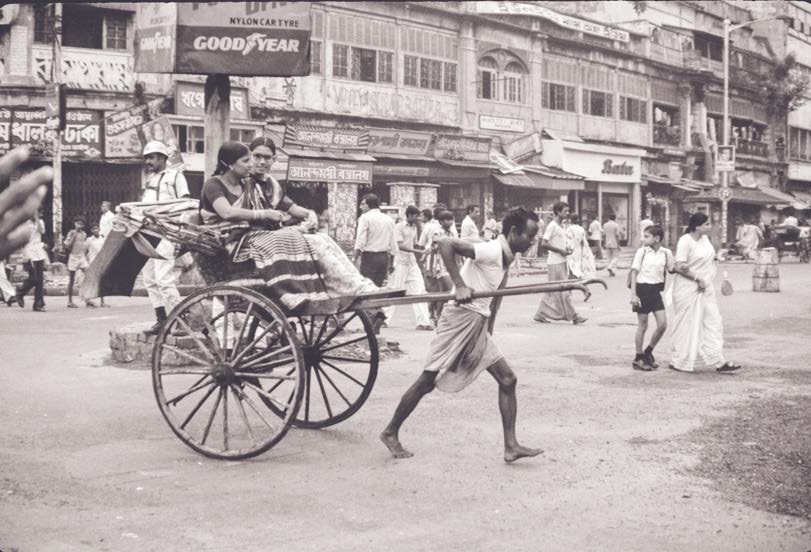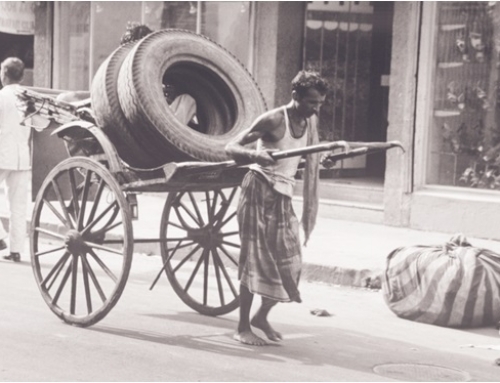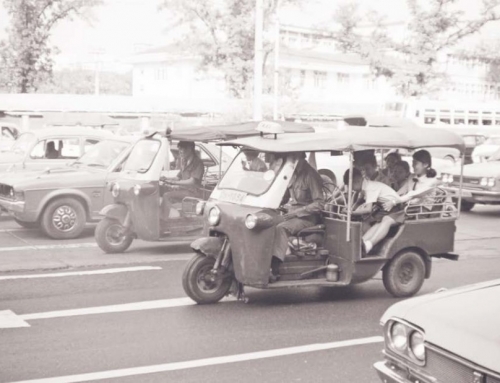I first encountered Mel Webber during a brief stay at Berkeley. I had left MIT with a trail of debt and unwisely registered for a PhD at Berkeley with only partial financial aid. Rather than worry about the unpaid rent at International House piling up on top of the five months of unpaid dorm rent I had left at MIT, I became utterly absorbed in the two most astonishing courses I have taken anywhere. One was taught by C. West Churchman, the other by Mel Webber (very ably assisted by Karen Christensen).
The courses had similar themes, but a difference in emphasis. Both West and Mel had as their central concern the human failing of turning the complex into the (overly) simple—the attraction of the easy answer that rarely proves to be an effective solution. Both of these deepest of thinkers called on their students to identify and question assumptions in order to avoid such pitfalls. But while West led us to encounter the great philosophers as a way to lay bare the inadequacies of our own thought, Mel was more practical, and gave hope that there was in fact a path to better planning, one that we could all embrace.
Much of what is called “planning theory” is deadly boring, with too many courses serving as a sort of initiation ritual that students are made to undergo before they can become certified planners—after which they then forget everything they have read.
Mel’s course could not have been more different. He started with real examples that demanded attention—about real transportation systems, real cities, and real people. He connected these examples to theoretical readings. The readings, though voluminous, were carefully selected and came to life through the questions Mel led us to explore in class. And the most profound message that Mel gave us was that there was a way to confront those things we found complex.
Mel saw that even the most advanced technical analyses could prove inadequate without consideration of the larger urban context including its social and environmental dimensions. But Mel did not tell us to avoid technical studies. Instead, through the example of his own work and his questions about that of others, we learned that technical analyses can be a useful starting point for asking deeper questions, which could then lead to a more fruitful and instrumental reframing of the analysis and even of the questions to be addressed.
Mel’s teaching always had a great clarity which drew in his students. He explained the concept of “wicked problems” with such immediacy that it was readily understood and became a basic concept that nobody in the class could let themselves forget.
Wicked problems have no one solution and no ending point. They are messy, and often the obvious problem we first encounter requires other problems to be confronted to give any chance of progress. Is solving traffic congestion about providing more roads, or about allowing fewer cars on the roads we have? Is it about providing public transport? What sort of public transport? About changing our work patterns and the geography of our communities? About changing our very concept of community to recognize and respond to the “nonplace urban realm”—communities “without propinquity”—and the sorts of travel they imply? As we students examined the endless choices, it became clear that wicked problems can lead to endless other problem formulations and strategies, and to surprising new outcomes which then generate new wicked problems.
Mel showed us, through examination of theory and practice, that we did not have to attack all elements of complexity. If we could recognize and act on at least a part of the problem, we would do good work.
Mel found a way to teach his students such things without heaviness. The complexity he led us to confront may have been “wicked,” but the concepts Mel taught us were vivid and compelling. And the message from Mel’s course was that there are ways to tackle complexity and become better planners. We would all be better planners if only we would open up our minds and become aware of the multitude of choices available to us. Mel showed us, through examination of theory and practice, that we did not have to attack all elements of complexity. If we could recognize and act on at least a part of the problem, we would do good work. Despite the “wickedness” of problems, we could come up with solutions. They might not be the only possible solutions, and most likely would not be optimal—there is no such thing as an “optimal” solution to a social problem in any case—but they would provide good paths forward which could contribute to the development and well-being of cities.
We left Mel’s classes feeling empowered and uplifted. Mel’s students were primed to produce new ideas, reveal choices, take action. Powerful stuff.
Mel’s gift to his students extended to writing. He himself was an excellent writer and he expected high standards from his students’ written work. He never hesitated to identify defects and prescribe remedies. Too many academics write poorly, but Mel insisted that all writing is a form of communication and must grip the reader. Mel’s demands for clear thinking permeated all areas of his work and had a lasting effect on those who learned from him. They are undoubtedly in evidence in this very issue of ACCESS. For, if my original words have shown any sign of lapse, you can be sure that a Mel-trained editor will have cleaned them up before they meet your eyes.






